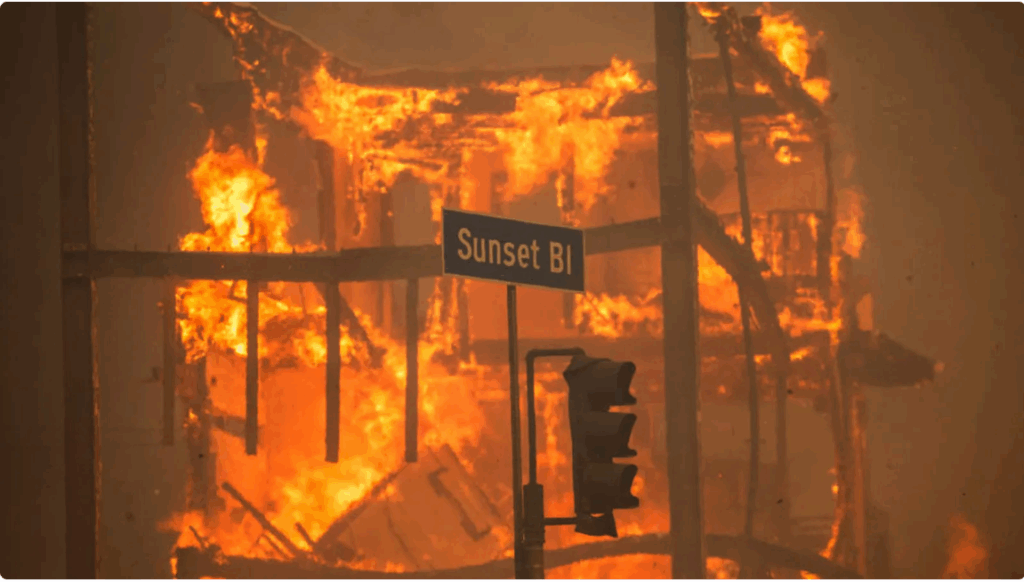“The sky is so blue; it looks fake.” That was what most shocked a Chinese graduate student I befriended during his studies in the United States. He had never seen a brilliant blue sky before. His friends back home thought he used a filter for his photographs because surely the sky could not be that color. He didn’t come from a rainy locale but from one of the many polluted cities in China.
And recently, it got worse – not just in Beijing where air pollution broke records. Half of more than 70 Chinese cities monitored also experienced severe air pollution. In Beijing, stores sold out of face masks, hospitals reported an increase of up to 30% in patients with breathing problems, several construction sites and factories ceased work and many outdoor activities were cancelled. On January 12th, The U.S. Embassy recorded 755 on its Air Quality Index – a scale which only goes up to 500, where passing 300 triggers “emergency conditions.” The Guardian provided a guide to the catastrophe with their infographic, “What the Hell is in Beijing’s Air?”
I feel as if I should provide a caution to readers before recommending viewing of these depressing images of the pollution. If they weren’t real, they could be comically overdone stills from a B-rated, post-apocalyptic movie. But they’re real – and here to stay. Zhou Rong, Climate and Energy Campaigner at Greenpeace commented that, “For Beijing, cleaning up will take a whole generation but other regions don’t even have any targets to cut coal burning.” In a nutshell: The problem is bad, will take a long time to fix, and will take even longer to fix elsewhere in China.
Here’s the positive. The situation spawned a Twitter-fest of comments, concern and actual data (the U.S. Embassy tweets air quality data hourly.) Despite firewalls, it’s all over Chinese cyberspace. When people can see pollution and can share their concerns, they demand action. Remember the Cuyahoga River? At one time it was one of the most polluted rivers in America. When it famously caught fire in 1969, the outrage led to the passage of the Clean Water Act and the creation of the Environmental Protection Agency. The severe air pollution in China, coupled with other environmental crises, will intensify the pressure on the Chinese leaders to adopt more dramatic measures to control pollution in that country. What about when pollution is less visible? In the U.S., the basic causes of one of the biggest environmental issues demanding our attention – climate change – are largely invisible to us. We can’t see the CO2 building up in the air and a common sense of urgency has yet to take hold across the country.
Anthony Leiserowitz, Director of the Yale Project on Climate Change Communication, gives a thoughtful interview on Moyers & Company about how to engage people on climate change where the pollution is less visible. Scientific data doesn’t work for everyone
and he recommends listening to skeptics to understand their beliefs and to bring the conversation around to their concerns. We can’t wait until we’re hit over the head with climate change; we don’t have that luxury. We’re going to have to figure out how to talk to a broader section of the American public. The interview with Leiserowitz is long but then so is the road ahead. I recommend watching it.


